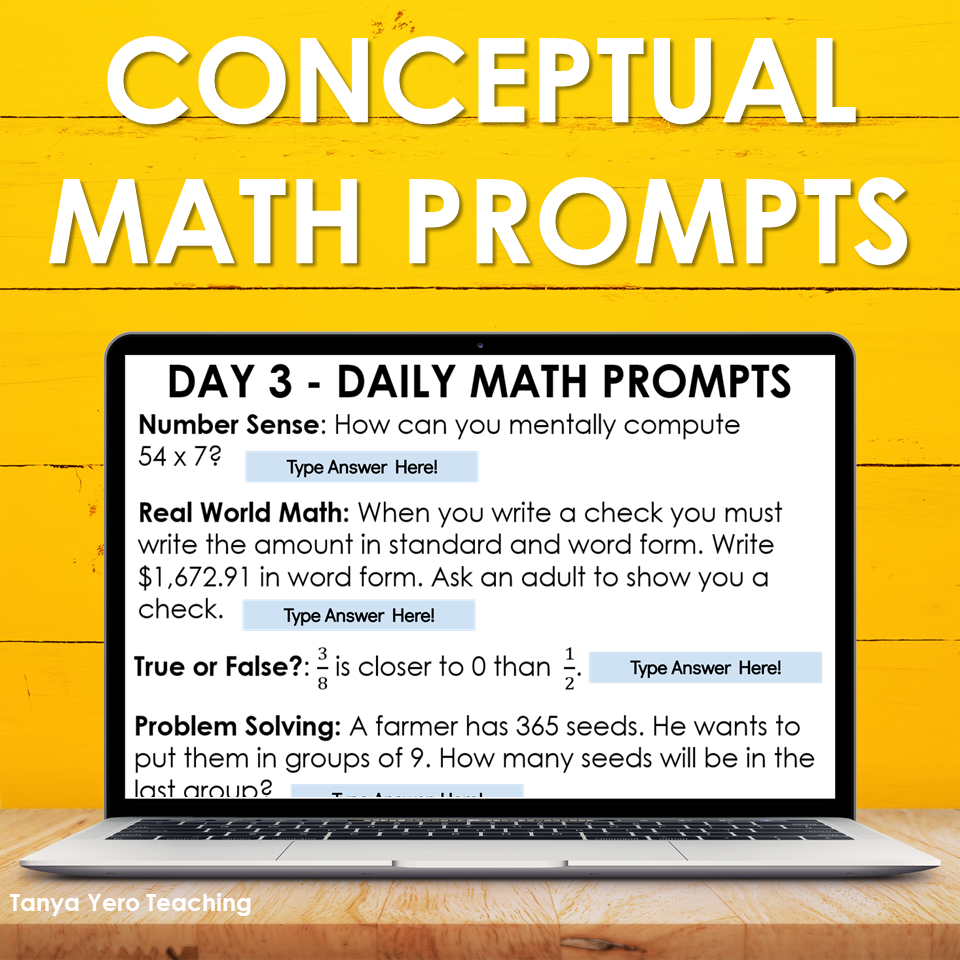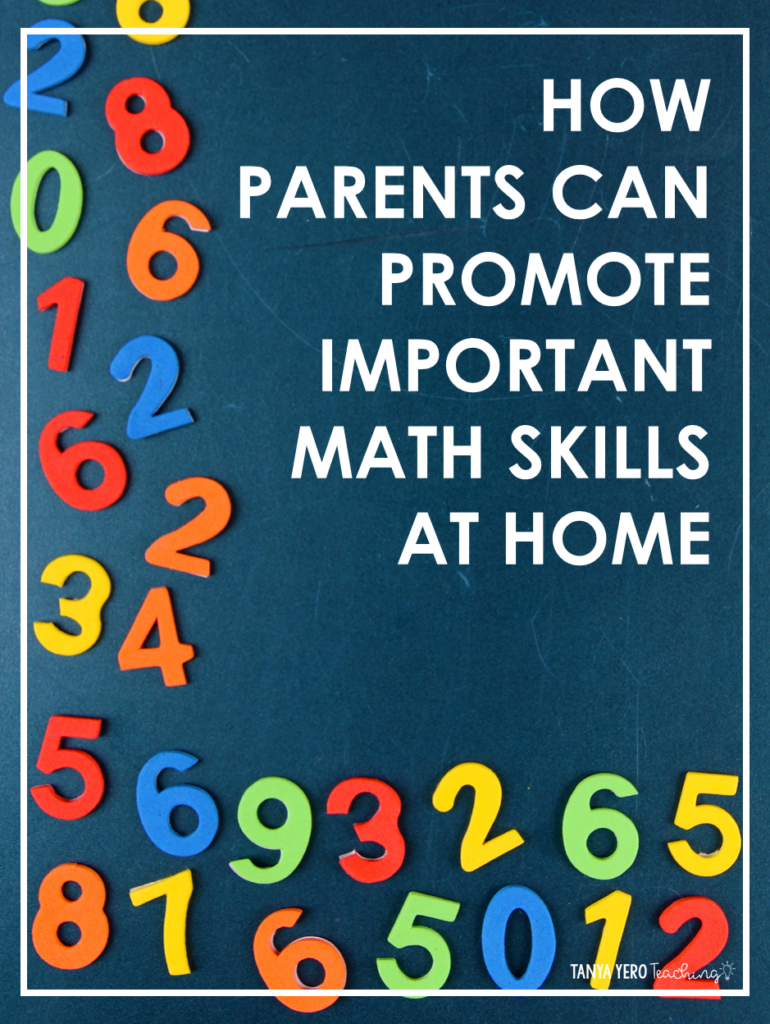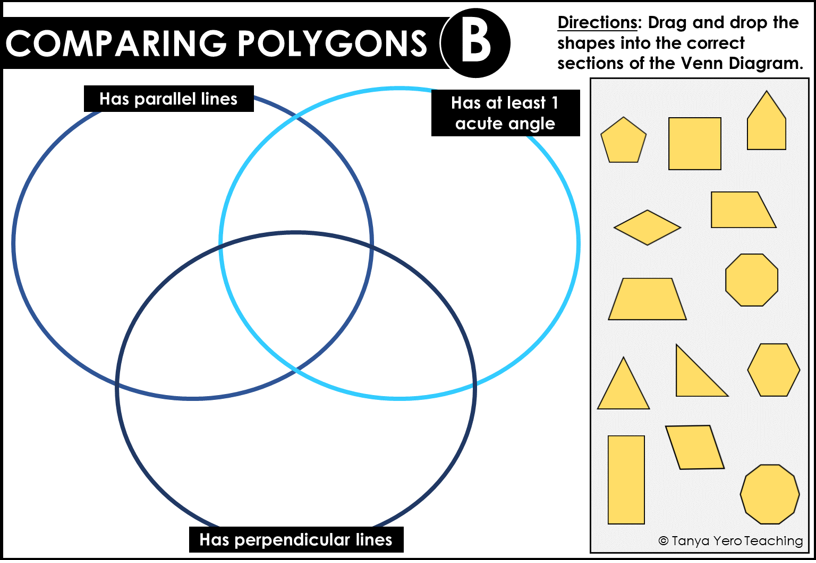The partnership between school and home is more important than ever with some schools participating in distance learning this year. Whether your child is in the classroom or learning from home, (or perhaps you are homeschooling!) you may find yourself asking the same question over and over again, “What math skills should I review?”
Daily schedules and demands leave us with not a lot of time. To maximize child development (and time!) parents should focus on the following skills: real word application, problem solving and number sense.
Real World Math
The greatest gift we can give to our children is to continuously reinforce the fact that math is part of every day life. It’s more than questions in a textbook; more than algorithms and memorizing steps. Math is real and required in everyone’s day to day routines.
Use any real world event to spark math discussion. Ask questions related to the costs of running appliances in the home, interest on credit cards, and making baby formula. Show them how you write the amount on a check in both word and standard form. These problems may not seem relevant to your elementary learners yet, but the problems are related to real life situations they are likely to encounter in the future.

Problem Solving
Nowadays time is precious. Time is fleeting and our schedules are crazier than ever. Whether you are homeschooling your child or just looking to build strong math skills asking the right questions to promote problem solving skills takes priority. Avoid questions that hover on the side of procedural understanding and simply memorizing algorithms. Grab a set of FREE math word problems here that encourage conceptual understanding and require problem solving skills.
Instead of asking “What is 2,657 rounded to the nearest hundred?”
Try… “When rounded to the nearest hundred, I become 2,700. What numbers could I be?”
In addition, ask questions while doing activities such cooking and baking. For example, in the kitchen baking cookies, asking how many ways can we make the number 15 is more powerful than “How many chocolate chips are there?”
Many children are are tactile learners; they learn best by experiencing and literally feeling materials by using manipulatives. For example, use Cheez-Its or similar square shaped crackers to measure area and perimeter. Also, check out virtual manipulatives to illustrate and practice place value, graphs, and more! Our new differentiated digital math centers have built in movable pieces to make learning more interactive!
Number Sense
Number sense and the confidence to mentally solve equations doesn’t come overnight for students. It takes time, repetition, and lots of exposure. Every student is capable of learning number sense. These at home daily math prompts include questions to build number sense and mental math skills. If you need tips and tricks for helping your children learn strategies to mentally manipulating numbers check out this blog post.

Building a love for math, fostering a deeper math thinker, and problem solver doesn’t happen overnight. It takes lots of practice and supportive parents to bring it all together for young learners.







